

WASHINGTON — Thanks to work by the Defense Department’s COVID-19 Joint Acquisition Task Force, U.S. industry is expected to greatly increase the production of N95 masks next year, the task force’s director said.
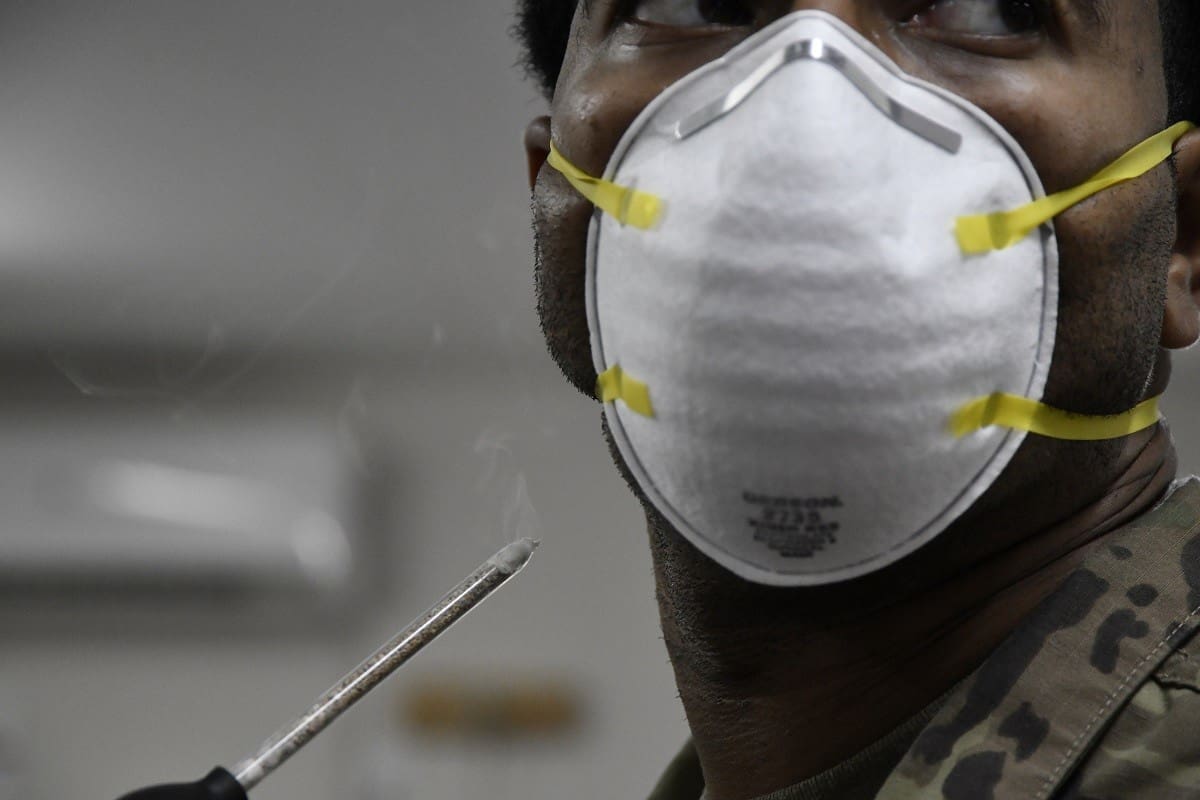
During a House Armed Services Committee hearing yesterday, Stacy Cummings told lawmakers that nationally, the U.S. was consuming about 50 million N95 masks each year. During the COVID-19 crisis, demand for masks increased substantially to about 140 million during a 90-day peak-use period.
DOD investments to help domestic industry ramp up production of those masks and other equipment will help ensure that in the future the U.S. will better be able to meet demand for personal protective equipment with domestic production, she said.
Based on the investments made by the department, Cummings told the House panel, an increase in production of 450 million masks a year will be attained by October, with a rate of more than 800 million masks per year by January.
“Starting in 2021, we anticipate our total domestic production to be in excess of a billion per year,” Cummings said.
Ellen Lord, the undersecretary of defense for acquisition and sustainment, told lawmakers that increasing domestic production capabilities has been a focus of the department.
“In order to decrease our dependence on foreign suppliers for medical resources, DOD has focused on increasing domestic industrial capacity and capabilities,” she said. “To that end, we executed some $284 million in industrial expansion efforts during the first two weeks of May 2020. Reconstituting domestic production or creating new production that shifted offshore years ago often requires capital expenditure, capital equipment expenditures, retooling and retraining of the workforce.”
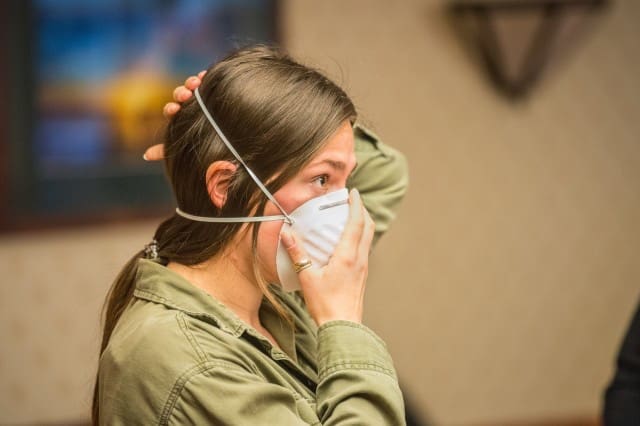
Lord also said DOD has been focused on maintaining the health of the defense industrial base during the COVID-19 pandemic. The DIB includes a wide array of businesses that produce weapons, equipment and supplies for the U.S. military.
During the COVID-19 pandemic, businesses that make up the DIB suffered as other U.S. businesses did, Lord said. Should some of those businesses fail as a result of COVID-19-related disruptions, it might result in the department not being able to procure important defense-related supplies, equipment or weapons, she added.
Lord said the department is using $688 million of CARES Act funding to address impacts to the DIB by directly offsetting financial distress and providing investments to regions most severely affected.
She also said that increased communication between the department and the DIB were key in allowing defense officials to better understand where the industry was hurting most, and where the need existed most. When first she stepped into the A&S leadership role in 2017, she said, she set up quarterly meetings with DIB representatives to better assess their needs. The COVID-19 pandemic accelerated that communication.
“When the pandemic hit and we saw how catastrophic it could be to our defense industrial base, what we did was just really amped up those engagements,” she said. “So starting on March 17, we had our first [teleconference] with industry, and we broadened beyond just the three industry associations that we worked with, to really start including nontraditionals and others.”
The number of industry representatives involved in those meetings also increased, Lord said, “For multiple weeks, we had calls three times a week. One of those calls per week was focused on small business, and we listened to what the problems were,” she said. “As a result of that, … a lot of the leadership of A&S listened to what the issues were, and we tried to start taking the first small steps.”
Lord said as a result of that communication, the department worked to simplify how to do business with the military, including raising the threshold for micropurchases and increasing the progress payment rate from 80% to 90% for large businesses, and from 90% to 95% for small businesses.
“This change will infuse an estimated $3 billion in cash to all levels of the DIB,” Lord said. “Further, the department has partnered with the major primes to ensure this increase in cash makes its way throughout the supply chain.”
By C. Todd Lopez, Defense.gov
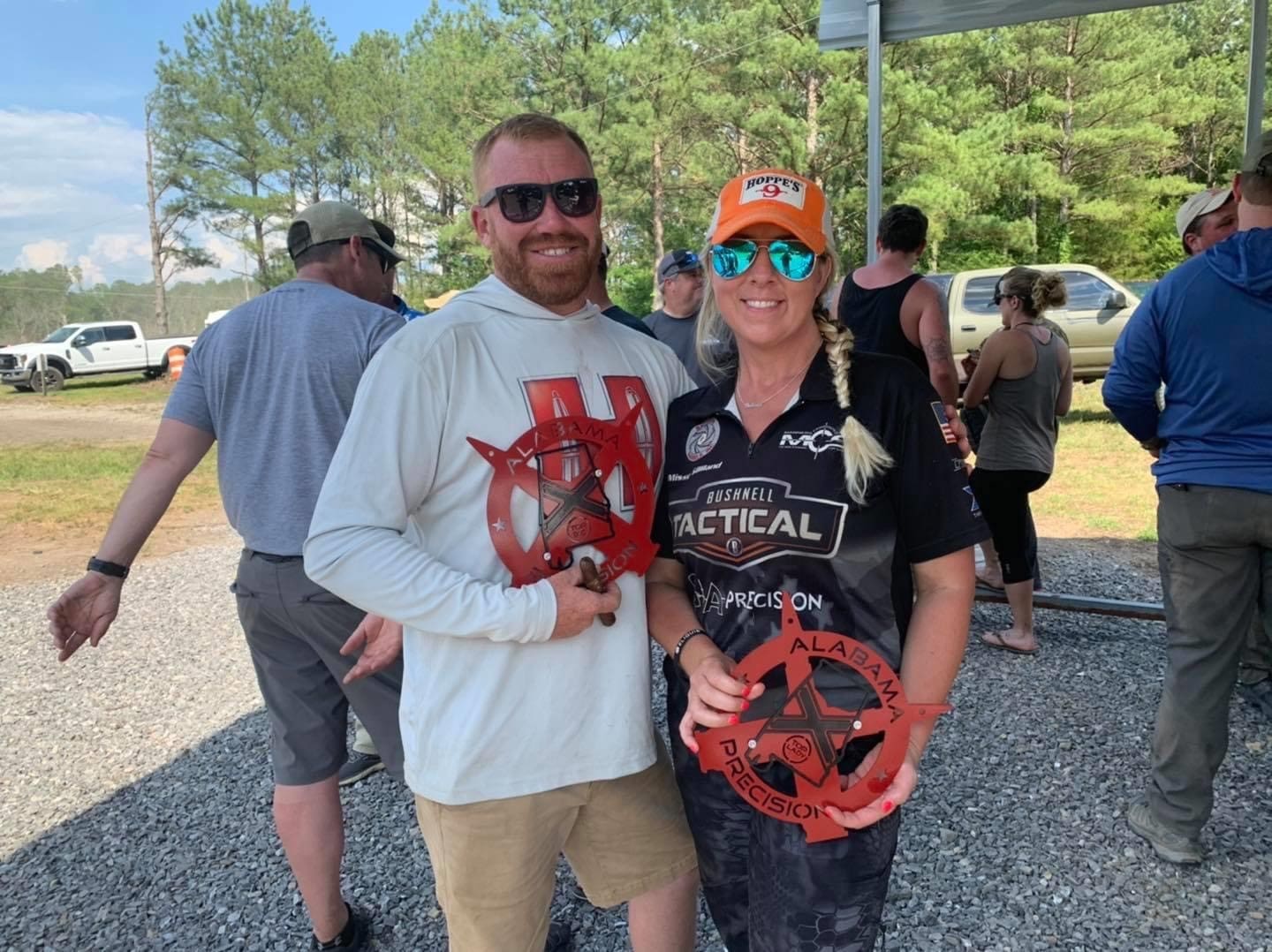
OVERLAND PARK, Kansas – June 26, 2020 – Bushnell wishes to congratulate pro shooters Mark Cooper and Melissa Gilliland for claiming two titles at the recent Alabama Precision Regional PRS Match. Cooper used his trusted Elite Tactical XRS II to win the Tactical Division and place 4th overall in the match, continuing his hot streak in recent PRS competitions. Fellow teammate Gilliland was successful in earning a second consecutive Top Lady title thanks in part to her Elite Tactical DMR II Pro.
For Cooper, his recent win at the Alabama Precision Regional marked his fourth consecutive title in the Tactical Division. Entering the match, Cooper was red hot, earning wins at the Pigg River H.A.M., Red Brush and the K&M Precision Rifle Series matches. Cooper currently sits atop the PRS leaderboard with a commanding lead in the Tactical Division.
“Over the last couple of months, everything has been in sync,” said Cooper. “My gear has been running flawlessly and every shooter knows having that confidence is often the determining factor. I’ve always trusted my XRS II, but after these last few matches my faith in it just keeps growing. Regardless of how rough I treat it or what the conditions are – whether dealing with mirage or just bad weather – it never loses zero and it consistently gives me those clear views so I can keep making impacts.”
Fellow teammate Melissa Gilliland also delivered a strong performance taking home the Top Lady title. Fresh off her win at the MPA Regional PRS Match, Gilliland opted to use the Elite Tactical DMR II Pro to begin this year’s season.
“This year I decided to change things up a little and go with the DMR II Pro vs the scope I normally use – the XRS II,” said Gilliland. “While at first it was different not having the higher magnification range of the XRS II, the increased eye box of the DRM II Pro has helped with identifying and picking up targets faster. Both scopes have outstanding glass so really, it’s just a personal preference. You can’t go wrong either way.”
For more information on the Elite Tactical riflescopes go to www.bushnell.com/products/riflescopes/collections/elite-tactical.
The Cinch-LR BA is a semi-permanent clamp mount, that should fit in most supplied harnesses. The RRS 1.5″ dovetail standard, coupled with the Manfrotto RC2 standard, should allow the majority of tripod users to quickly attach and detach their optic from multiple ball head manufacturers.

If using a standard other than one of the two mentioned above, there is a 3/8″-16 mounting socket on the bottom of the Cinch-LR to adapt to a system of your choice.
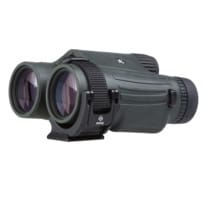
The Cinch-LR BA can be mounted perpendicular or parallel to the optical plane. The removable strap can be fed through the buckle with the excess strap exposed on the outside, or reversed with the excess following the contour of the optical housing.
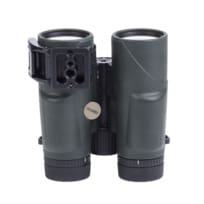
soar.reallyrightstuff.com/Cinch-LR-BA
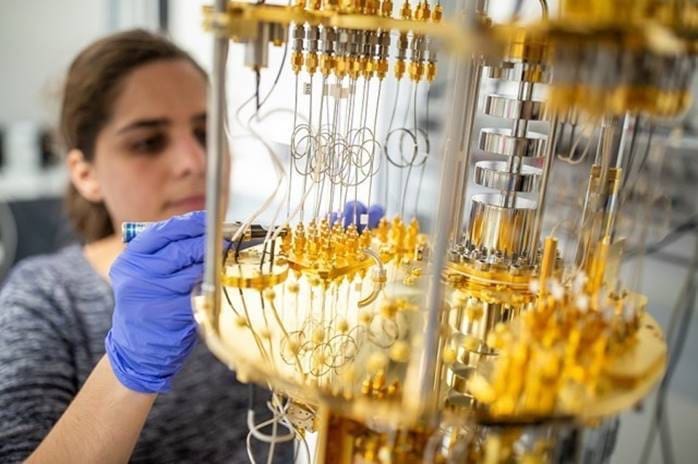
RESEARCH TRIANGLE PARK, N.C. — Two U.S. Army research projects advance quantum networking, which will likely play a key role in future battlefield operations.
Quantum networks will potentially deliver multiple novel capabilities not achievable with classical networks, one of which is secure quantum communication. In quantum communication protocols, information is typically sent through entangled photon particles. It is nearly impossible to eavesdrop on quantum communication, and those who try leave evidence of their tampering; however, sending quantum information via photons over traditional channels, such as fiber-optic lines, is difficult – the photons carrying the information are often corrupted or lost, making the signals weak or incoherent.
In the first project, the University of Chicago research team, funded and managed by the U.S. Army’s Combat Capability Development’s Army Research Laboratory’s Center for Distributed Quantum Information, demonstrated a new quantum communication technique that bypasses those traditional channels. The research linked two communication nodes with a channel and sent information quantum-mechanically between the nodes—without ever occupying the linking channel.
“This result is particularly exciting not only because of the high transfer efficiency the team achieved, but also because the system they developed will enable further exploration of quantum protocols in the presence of variable signal loss,” said Dr. Sara Gamble, program manager at the lab’s Army Research Office and co-manager of the Center for Distributed Quantum Information. “Overcoming loss is a key obstacle in realizing robust quantum communication and quantum networks.”
The research, published in the journal Physical Review Letters, developed a system that entangled two communication nodes using microwave photons—the same photons used in cell phones—through a microwave cable. For this experiment, they used a microwave cable about a meter in length. By turning the system on and off in a controlled manner, they were able to quantum-entangle the two nodes and send information between them—without ever having to send photons through the cable.
“We transferred information over a one-meter cable without sending any photons to do this, a pretty unusual achievement,” said Dr. Andrew Cleland, the John A. MacLean Sr. Professor of Molecular Engineering at Pritzker Molecular Engineering at University of Chicago and a senior scientist at Argonne National Laboratory. “In principle, this would also work over a much longer distance. It would be much faster and more efficient than systems that send photons through fiber-optic channels.”
Though the system has limitations, it must be kept very cold, at temperatures a few degrees above absolute zero, the researchers said it could also potentially work at room temperature with atoms instead of photons.
The team is now conducting experiments that would entangle several photons together in a more complicated state, which could ultimately enable enhanced quantum communication protocols and capabilities.
Entangled particles aren’t just limited to photons or atoms, however. In a second paper published June 12 in the peer-reviewed journal Physical Review X, the same Chicago team entangled two phonons—the quantum particle of sound—for the first time.
Using a system built to communicate with phonons, similar to the photon quantum communication system, the team entangled two microwave phonons, which have roughly a million times higher pitch than can be heard with the human ear.
Once the phonons were entangled, the team used one of the phonons as a herald, which was used to affect how their quantum system used the other phonon. The herald allowed the team to perform a so-called quantum eraser experiment, in which information is erased from a measurement, even after the measurement has been completed.
“Phonons give you a much bigger time window to do things and relieve some of the challenges in doing a quantum eraser experiment,” Cleland said.
Though phonons have a lot of disadvantages over photons—for example, they tend to be shorter-lived—they interact strongly with a number of solid-state quantum systems that may not interact strongly with photons. As a result, phonons could provide a better way to couple to these systems.
This coupling is a critical capability for many quantum networking applications, and may also benefit other quantum information science applications such as quantum computing. Additionally, the wavelengths of phonons are shorter than those of photons for the same frequency, potentially enabling smaller quantum circuits.
“Together, these experiments provide multiple avenues for future research into how we construct quantum networks that function in non-ideal environments, and reliably transfer quantum information between systems,” said Dr. Fredrik Fatemi, researcher at the laboratory and co-manager of the Center for Distributed Quantum Information. “Both are critically important for developing future quantum technologies.”
By U.S. Army CCDC Army Research Laboratory Public Affairs
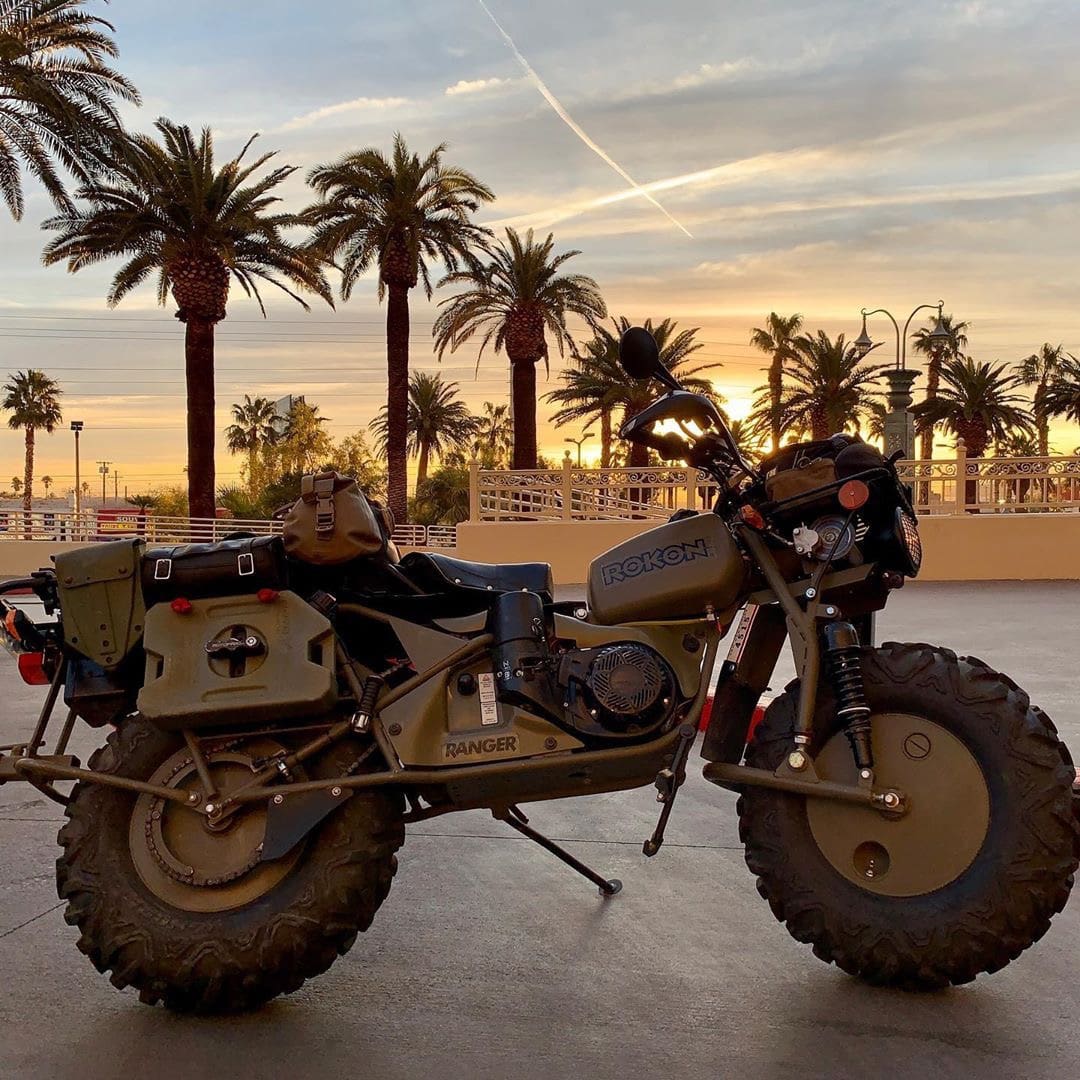
I remain fascinated by the Rokon 2×2 and it’s Universal Accessory Rail. It’s amazing how much stuff you can mount to this 2-wheel drive work horse.
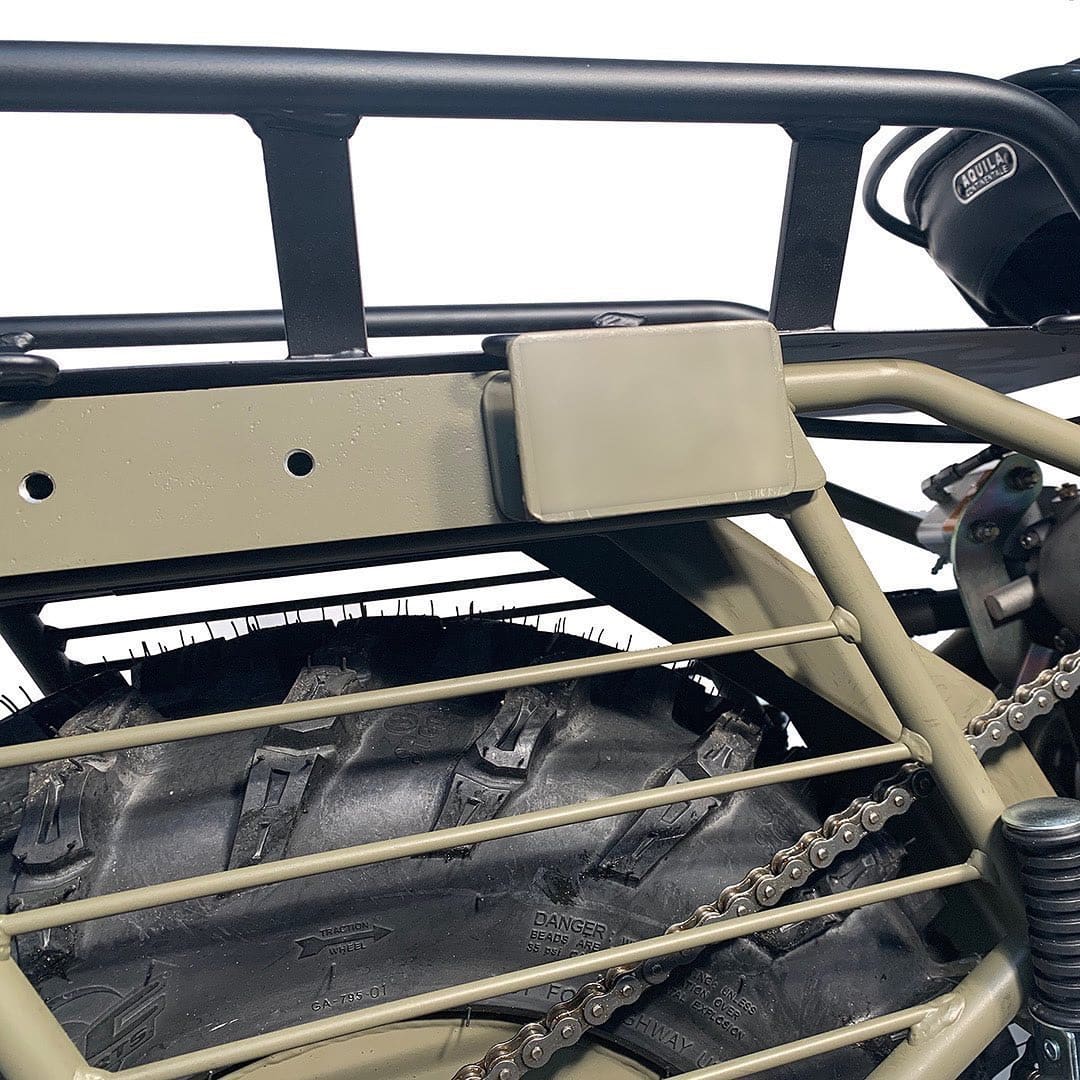
For example, it will accept a GI entrenching tool.
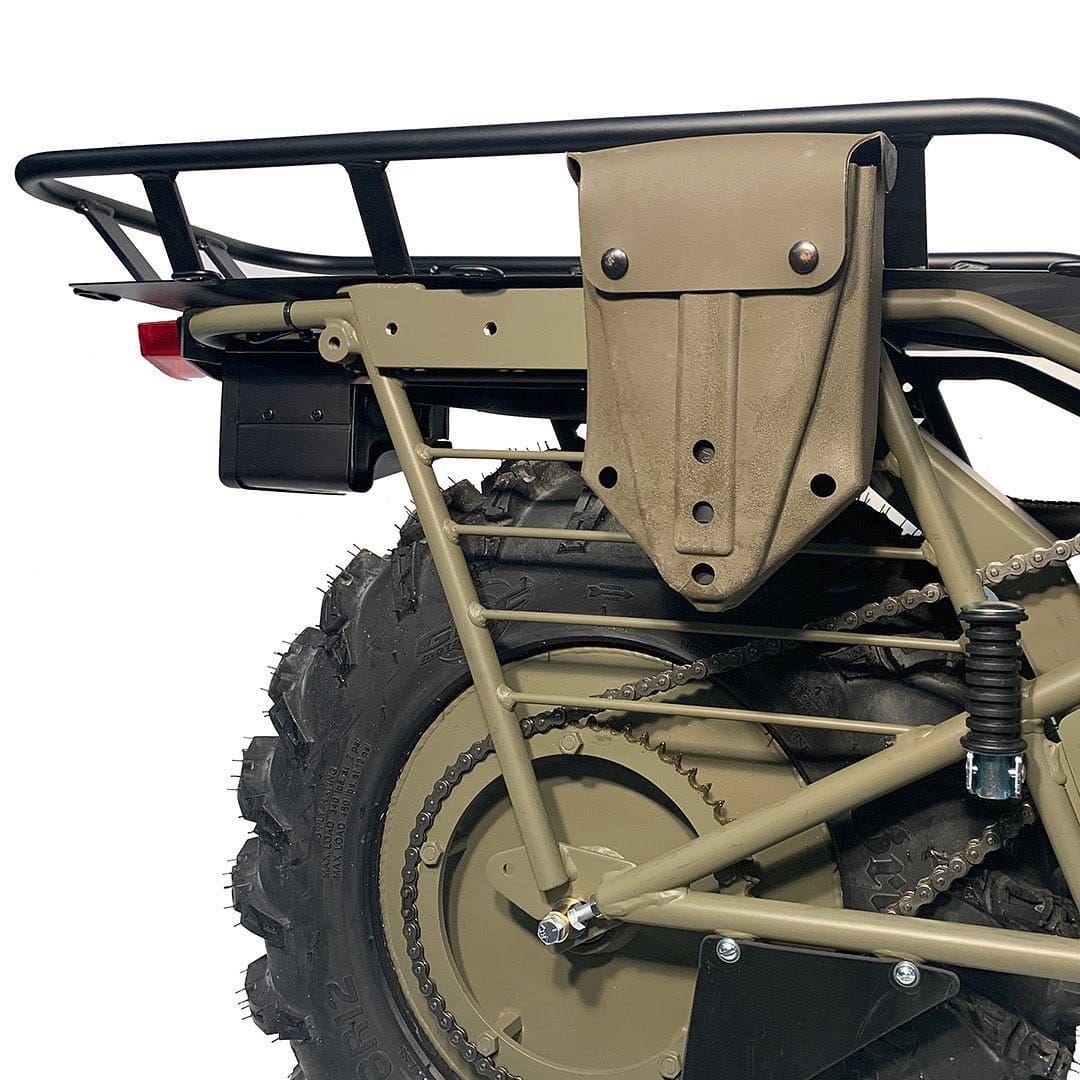
Or a GI machete, pioneer shovel and ammo can. The versatility is awesome.
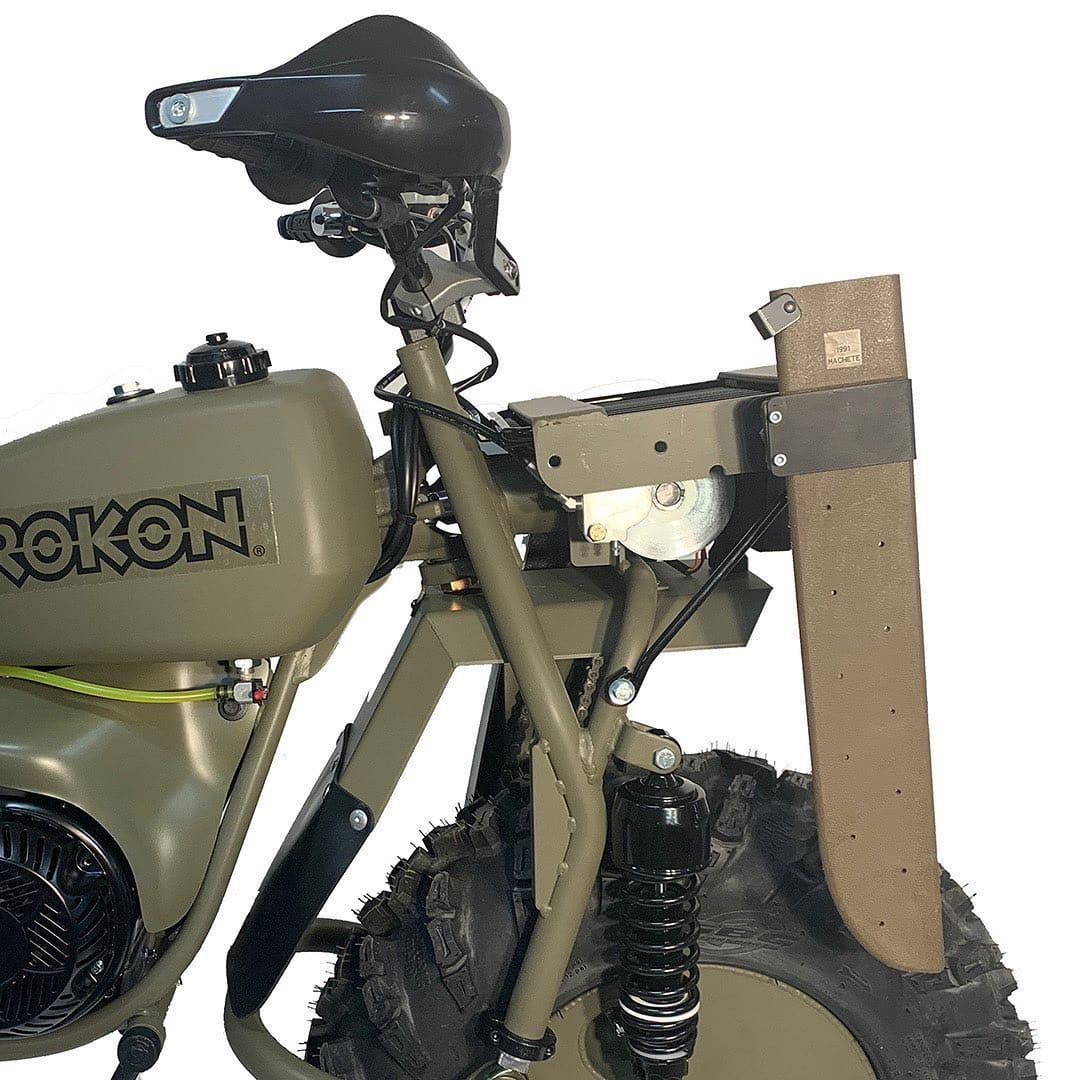
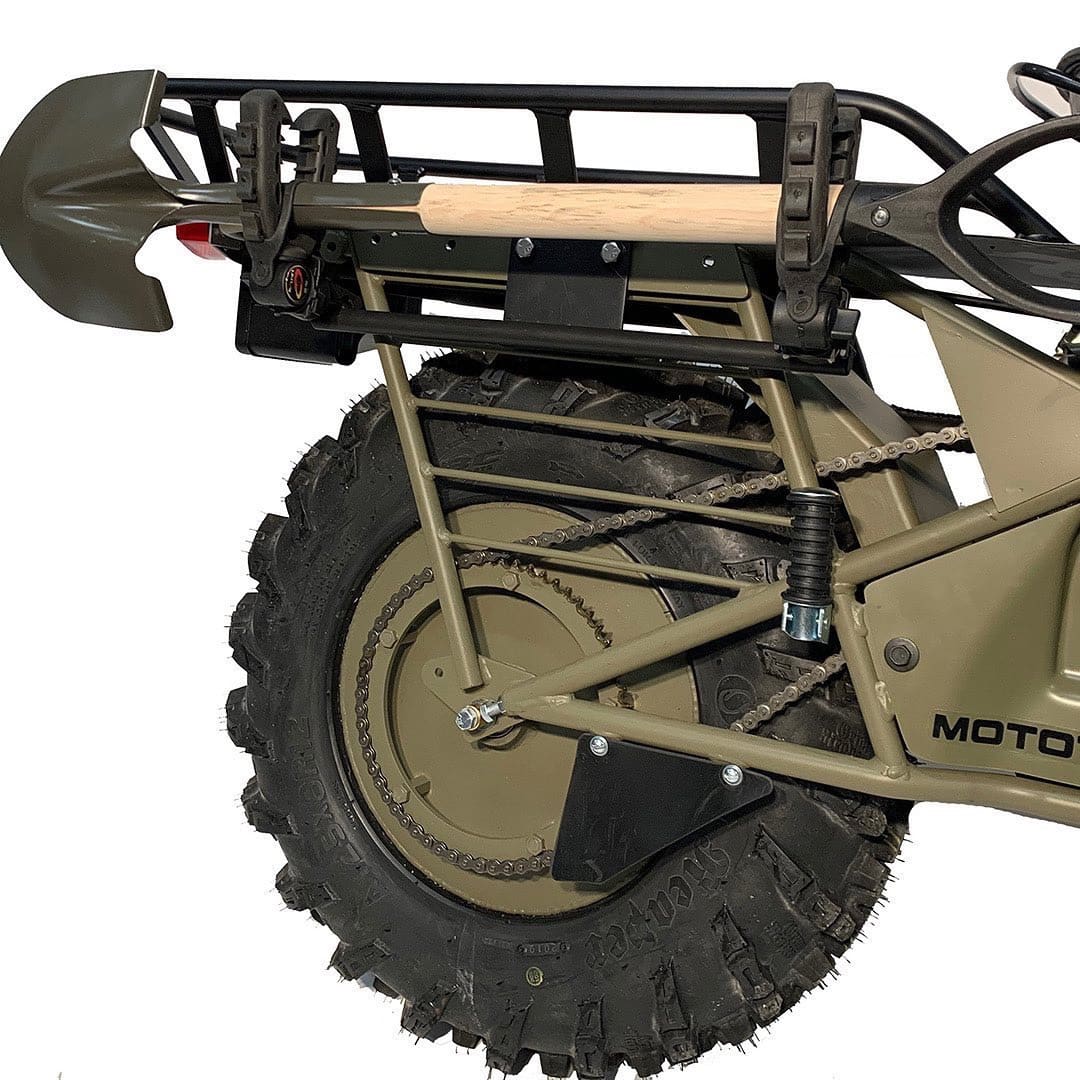
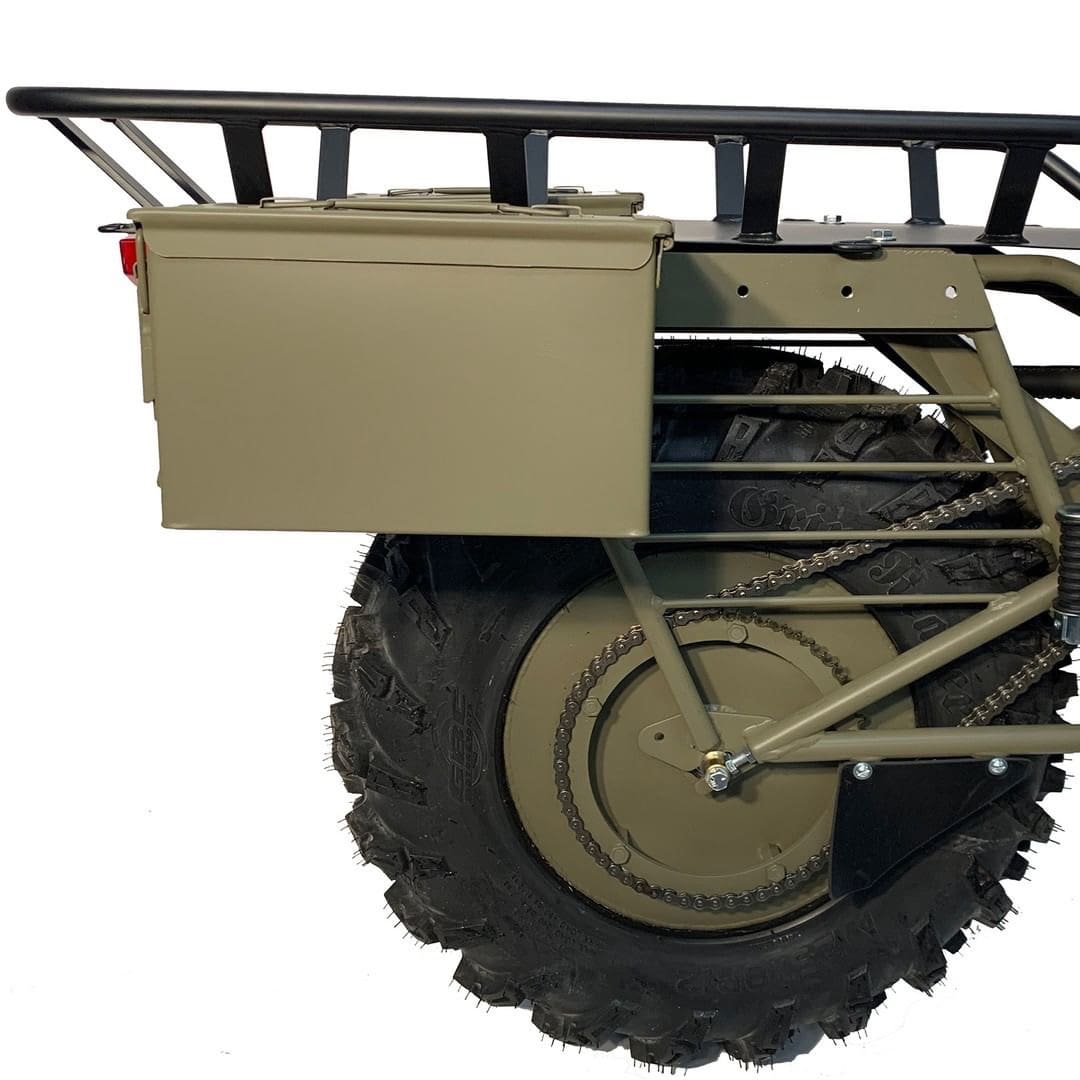
All photos courtesy of Rokon.
Miami, FL, U.S. – 1791 Gunleather® announces they can now ship their innovative gun holster that is changing how the world sees gun holsters, the Ultra Custom Multi-Fit Holster.
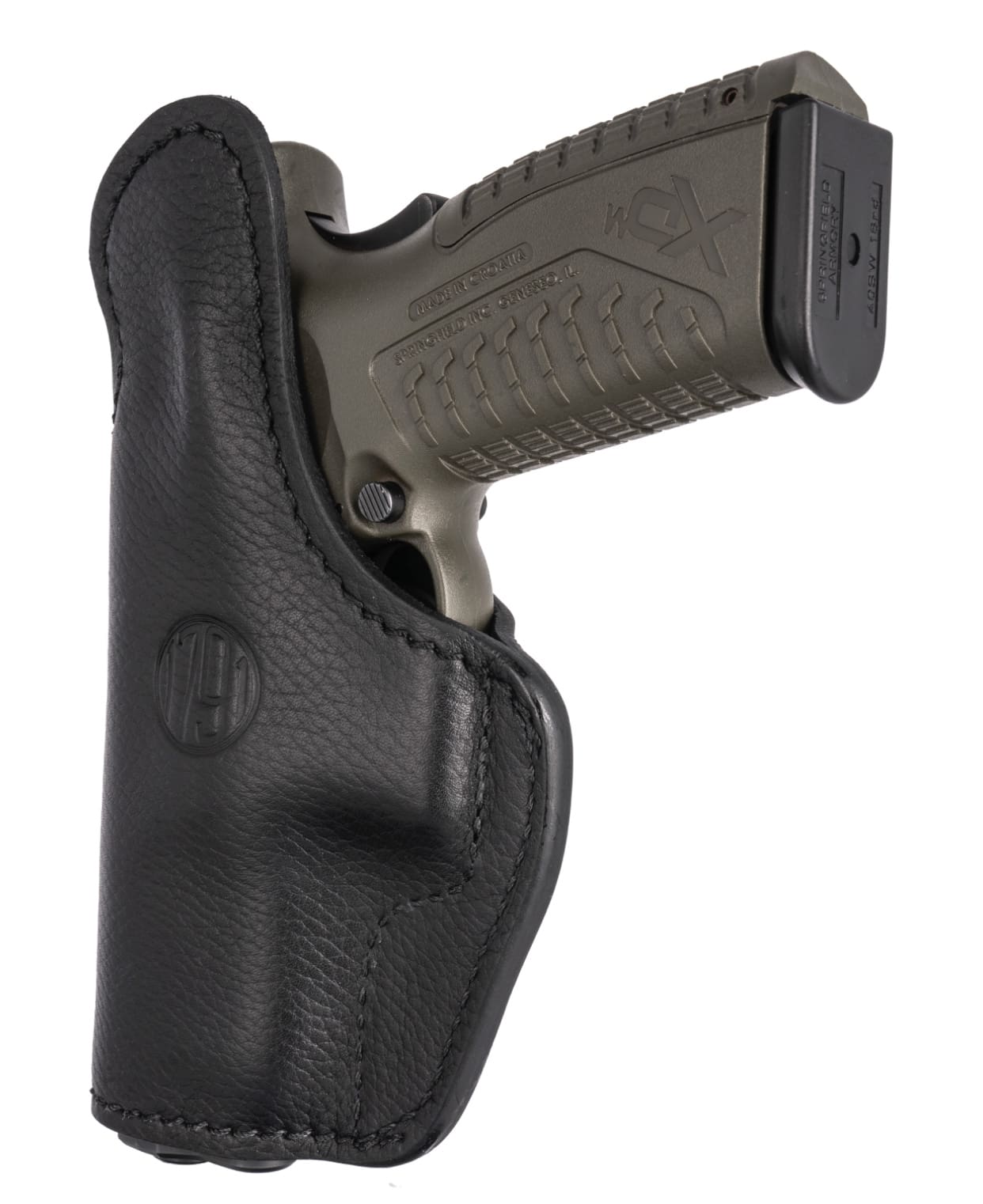
“We work tirelessly to develop products that can be multi-functional and meet our company and customer’s expectations in quality and craftsmanship. Our holsters have a long-standing reputation for that. Our goal is always to deliver incredible quality to every customer no matter how or what they carry. We are excited to be able to now ship our Ultra Custom Holsters,” says Ramiro Romani, 1791 Gunleather® CEO.
The 1791 Ultra Custom Holster’s Memory-Lok technology allows for a customized fit with Kydex-like retention with the comfort of leather. Our patent-pending process allows you to customize your holster to your firearm, multiple times, using a simple three-step process. The Ultra Custom Multi-Fit is made from ultra-soft cowhide and designed with a high sweat guard that provides a layer of protection between you and the firearm. This holster provides our customers with a reinforced synthetic tuckable clip for IWB carry, which provides a slim profile for superior concealment. The Ultra Custom Multi-Fit Holster is available in six sizes that accommodate everything from revolvers to full-frame firearms. Once you receive, follow the instructions and mold the Memory-Lok Leather to a full custom fit for your firearm. You can’t get any more custom than that!
Designed to be comfortable, concealable, simple and dependable, 1791 Gunleather® has become a marquee holster brand. For further details on 1791 Gunleather®, visit www.1791gunleather.com.
LEWISTON, Idaho – June 24, 2020 – CCI Ammunition is proud to announce new Clean-22 Suppressor 22 LR rounds, packaged in CCI’s new easy-to-pour, bulk-pack cartons. Shipments of this new product have begun to arrive at dealers.
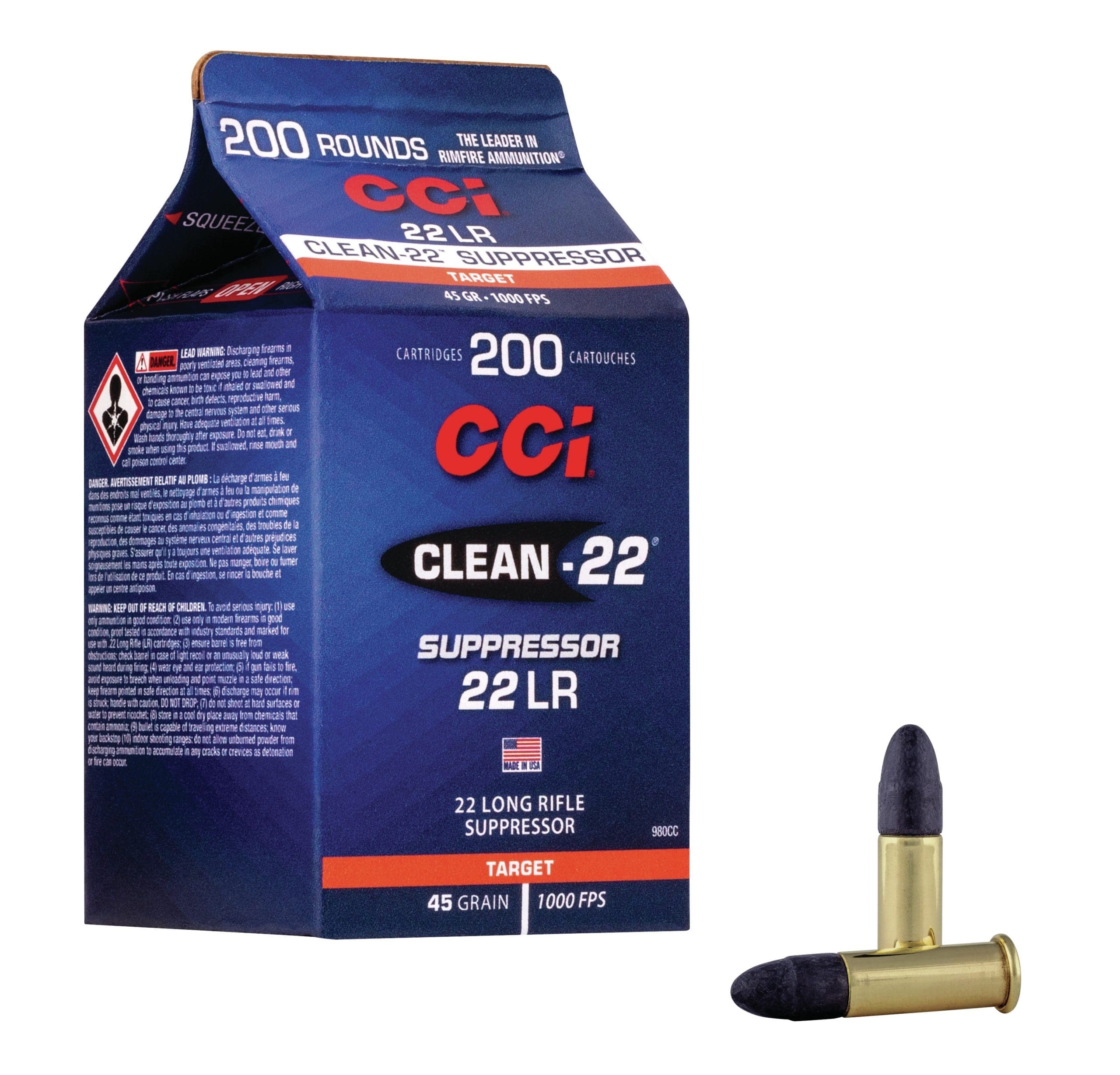
This new ammunition uses an advanced polymer bullet coating to reduce lead fouling inside a suppressor by up to 60 percent. The exclusive feature allows much easier suppressor cleaning and maintenance, as well as excellent accuracy. With dependable CCI priming and consistent propellant, the loads cycle reliably through any suppressed firearm.
“Clean-22 ammunition provides an advantage because its polymer coating replaces the wax that is traditionally applied to 22 LR ammunition,” said CCI Rimfire Product Manager Dan Compton. “The goal of traditional wax is to protect the barrel of the gun from buildup of lead or copper created as bullets pass through it. But this wax does not totally encapsulate the bullet, so metal and wax deposits eventually build up and the gun needs to be cleaned. However, because the Clean-22 polymer coating completely encapsulates the bullet, it does a better job protecting the barrel from dirt and buildup than wax. The cleaner results are quite impressive.”
Features:
• Black polymer bullet coating reduces lead fouling in suppressors up to 60 percent
• Ballistically optimized 40-grain lead round nose bullet
• Reliable function in semi-automatic firearms
• Extremely reliable CCI priming and brass case
www.cci-ammunition.com/rimfire/cci/clean-22_suppressor